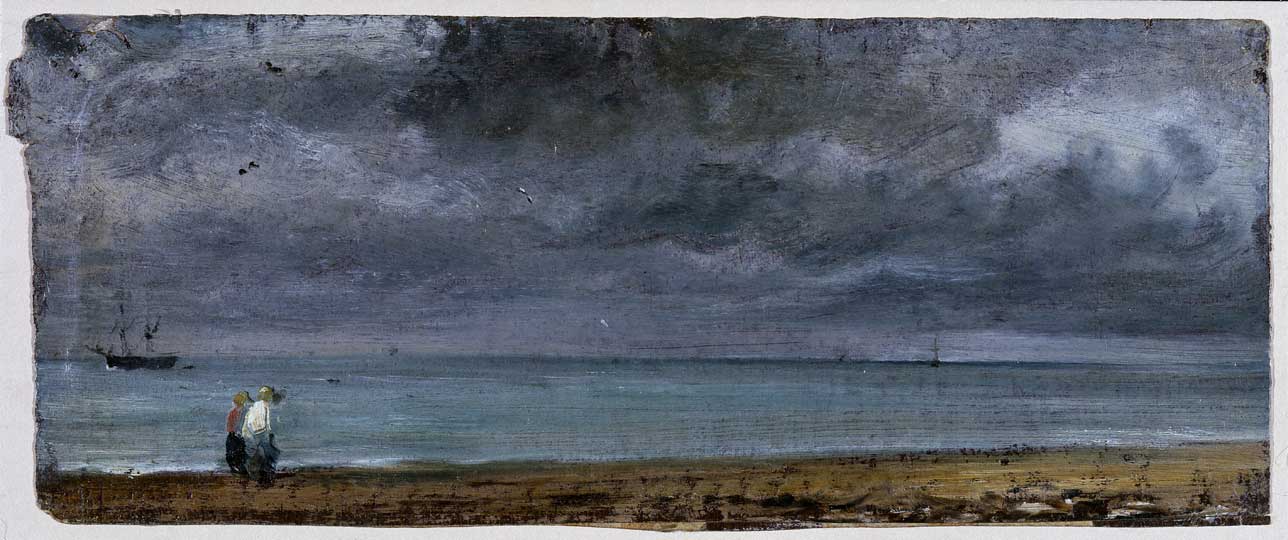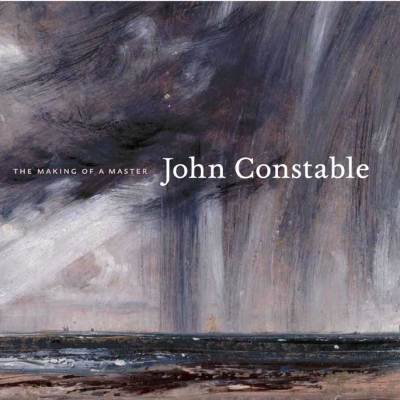A new exhibition at the V&A explores Constable’s influences and techniques, reuniting masterpieces with oil sketches. We asked curator Mark Evans and assistant curator Ana Debenedetti to introduce the show.
Click here for a gallery of highlights from the exhibition
Can you tell us a bit about the exhibition?
The exhibition ‘Constable: the Making of a Master’ aims to take the visitor on a journey through the training and development of the young artist to his most acclaimed exhibition pieces. From looking at the Old Masters he admired the most, as well as his immediate British predecessors who set him on the path that he would follow, Constable continued to develop a highly individual and breathtakingly naturalistic style which remains highly influential on contemporary artists such as Lucian Freud.
What makes this a distinctive show?
This exhibition is not a self-contained retrospective of the artist’s career but investigates the sources for Constable’s paintings, in which he sought a subtle balance between a close observation of nature and the firmly established norms inherited from the Old Masters. It addresses the relationship between Constable and his artistic ‘heroes’, predominantly 17th-century French and Dutch masters.
How did you come to curate this exhibition?
The V&A holds the Isabel Constable gift. She was the daughter of the artist and in 1888 left to the museum the remaining contents of her father’s studio, establishing the V&A as the leading centre for the study of Constable’s work. Over the years, the museum has complemented this core collection with other key works by Constable, most famously the two six-foot oil sketches for the Leaping Horse and Hay Wain bequeathed by Mr Henry Vaughan in 1900. This has enabled long term research on the artist.
What is likely to be the highlight of the exhibition?
One will be able to compare Constable’s outdoor oil sketches with those of his contemporaries including J.M.W. Turner and see how his preparatory studies relate to the big exhibition paintings such as the two of Salisbury Cathedral, and the Old Master compositions that inspired them.
And what’s been the most exciting personal discovery for you?
The fact that Constable has an extensive art collection now dispersed, which could be reconstructed.
What’s the greatest challenge you’ve faced in preparing this exhibition?
As the exhibition turns on very specific points of comparison, it was important to secure particular works, for which in many cases no substitutes exist. We are therefore thrilled to have secured the Jewish Cemetery by Jacob van Ruisdael, also admired by Goethe, which will be coming from the Gemäldegalerie in Dresden, as well as Canaletto’s The Thames from Somerset House Terrace towards the City from the Royal Collection. The compositional formulae of such works predicated some of Constable’s greatest exhibition pieces, which will be presented alongside.
How are you using the gallery space? What challenges will the hang/installation pose?
This is a paintings exhibition, which departs from the majority of the shows presented at the V&A. The greatest challenge was to present these works in a didactic, enjoyable and elegant way that recognised Constable’s historical context with a contemporary twist.
Which other works would you have liked to have included?
As curators, our first priority must be the safety of the works of art. It would have been wonderful to include the pair of great Rubens landscapes, The Rainbow at the Wallace Collection, and The Autumn landscape at Het Steen at the National Gallery. However the former cannot be lent, and both are on fragile oak panels over two metres wide, so it would have been irresponsible of us to request these loans.
‘Constable: The Making of a Master’ is at the V&A from 20 September–11 January 2015. Supported by the Friends of the V&A, with thanks to Winsor & Newton.




